Wood Carving
The art of creating embossed designs on the surface of wood via cutting and removing the design background by metal tools is called wood carving. Wood carving is one of the worthiest Iranian traditional arts particularly from the time of Arabs domination on Iran. Some wood carving designs are also observed in Persepolis works. There have been five to ten wood carving designs based on geometric designs, parallel grooves, arabesque, khtayy and tholth calligraphies in Iranian style in the Islamic middle period. In the Safavid Period, wood carving like other Iranian arts was accomplished leading to creation of lots of masterpieces. There are some mosques in Isfahan from the Safavid Dynasty the doors of which have remained safe and untouched.
In this artistic style the craftsman transfers the design in the form of real leather of charcoal powder to the surface of the wood then creates the peripheral lines around the design by means of tools like half round chisel and flat-head chisel … and then carves it by removing the background. The depth of the carving depends on the application of the object which is being made. For example, if the carving is meant to be a decorative object, the thickness will be a few millimeters but if it is a wooden mould for calico printing the depth can be up to five cm. Carving is usually done on kinds of wood which are strong and have no knots such as walnut, pear and ebony trees and some kinds of forest trees. Pear tree wood is used for fine works, but for larger works or wooden statues, walnut-tree wood is used which has been sunk in oil because the oil is absorbed by wood, making its surface softer for carving. The wood on which carving is done is firmly fixed by a clamp so that the chisel may move on it very easily. Different chisels are used for different parts of the work-piece, so that the wooden design might be as similar to the original as possible.
Having carved the background and having reached the desirable thickness, the tiny carving operations are done on the embossed parts by means of tip of a chisel or a sharp knife used for delicate works and then the work-piece is polished by sand stone. This action is traditionally called multilevel work. Finally, the entire work surface is glazed by oil or a coat of polyester so that the wood may not crack by the lapse of time and may resist against moisture.

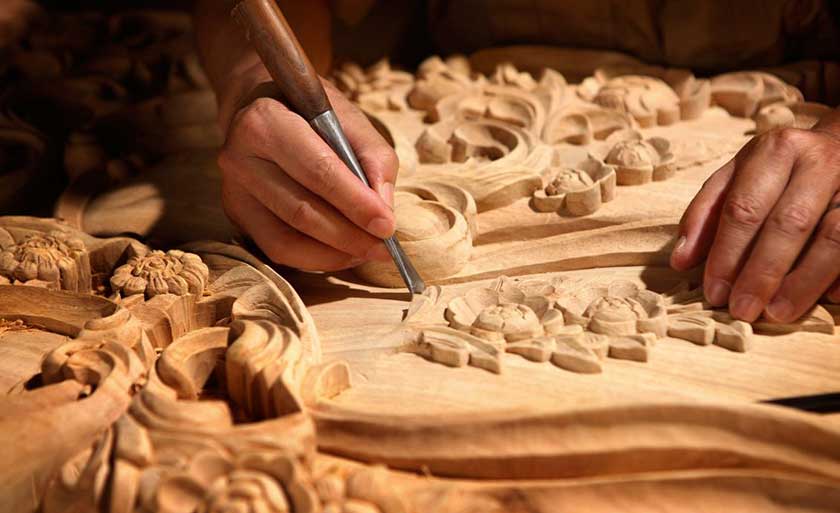
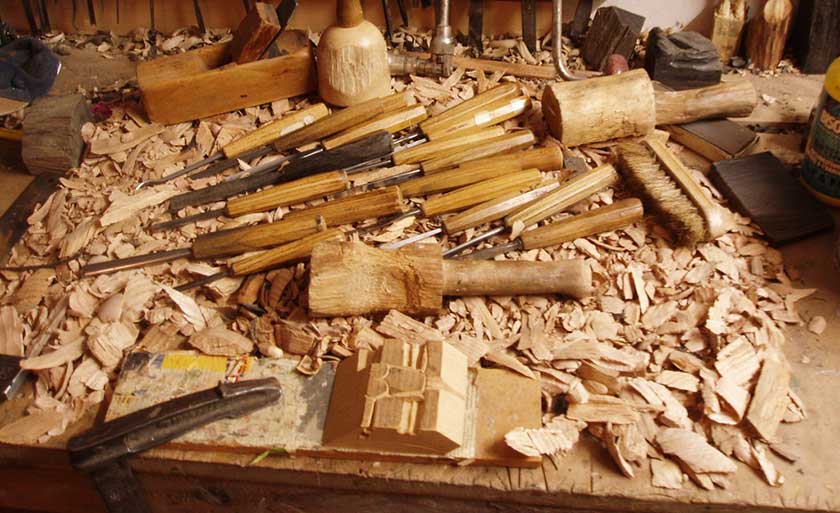
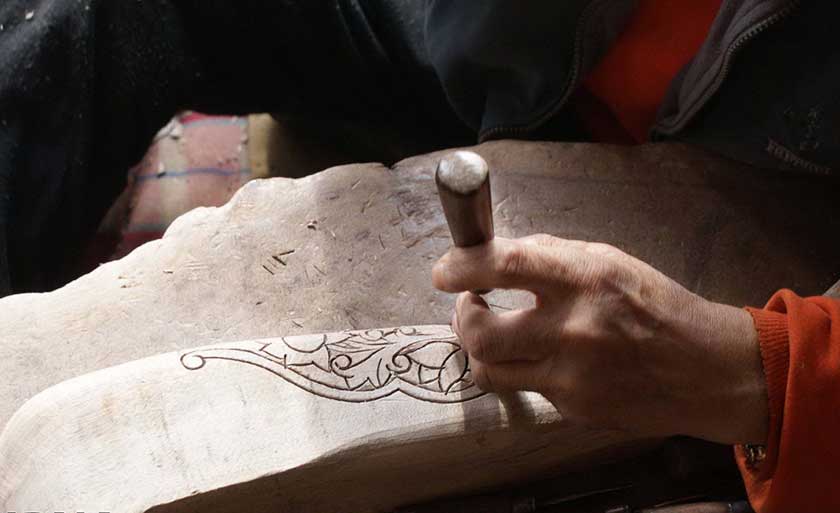
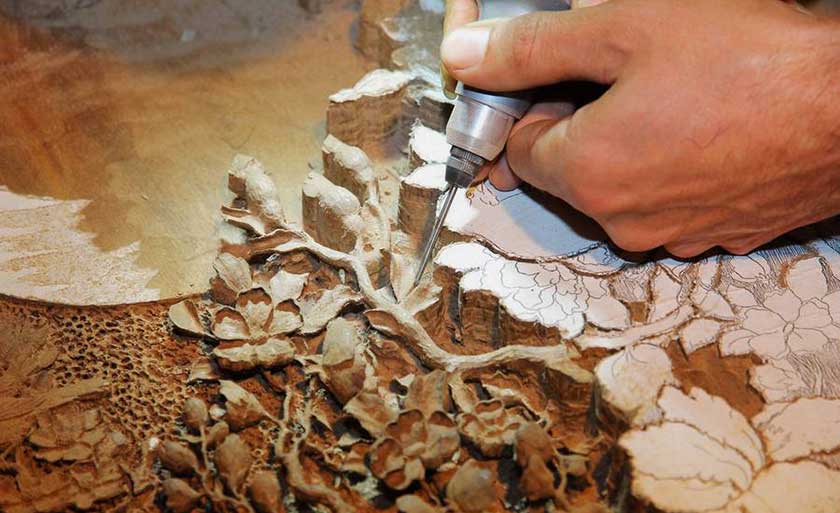
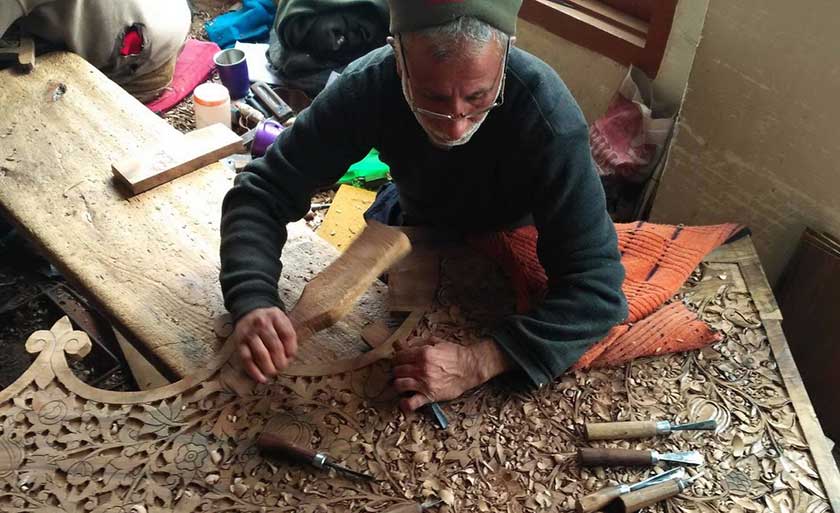
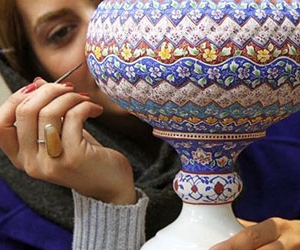
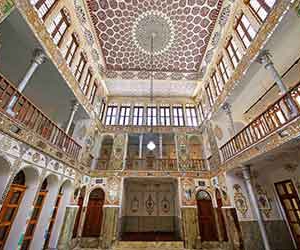
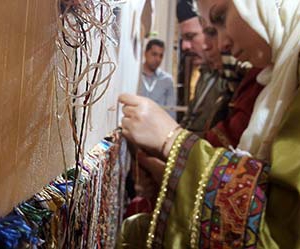



Leave a Reply
Want to join the discussion?Feel free to contribute!